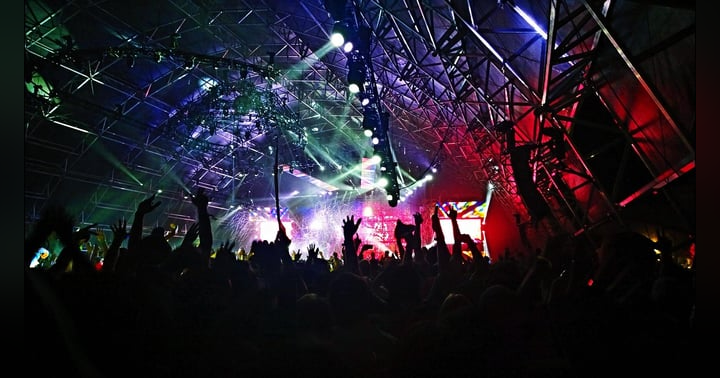Carving beneath Choreography - The relationships it pertains

Given that dance is an abstract art, I am always curious about how communication takes place within both the choreography process and choreography staging. Such communication could be further investigated in two different relationships - between choreographer and dancer; the other being choreographer (choreography) and audience.
Choreographer - Dancer.
In working spaces where hierarchy is existent, communication is mostly unidirectional. The choreographer more or less gives specific directions and the dancers try their best to meet every single requirement. Hence, tension arises when what the dancer could offer doesn’t align with the choreographer’s expectations. A worst case scenario would be having an authoritarian choreographer completely ignoring a dancer's circumstances and continuing to push for their own overarching vision. On the contrary, negotiation space surfaces if a choreographer is willing to listen to the dancer’s perspective, which provides more pathways to achieving specific tasks by tuning into the dancer’s individualities.
In fact, creative collaborations between choreographer and dancers in shaping a piece together has become more prevalent in today’s choreographic methods - contemporary choreography. For instance, propositions are applied in lieu of direct instructions, where active communication comes into play. Inputs and outputs are derived from both parties, which is where we can witness choreographers and dancers slowly build common ground through collaborative research and exploration.
Moreover, the working process within a rehearsal studio definitely requires ample verbal communication. Thoughtful commentary is essential to hold a space - an open space to invite external perspectives rather than being too quickly judgmental. Good communication could also take place in the form of mutual understanding, when both choreographer and dancer are able to empathize with each other. This shapes up to be an exclusive experience for a dancer in most cases, especially one so in a rehearsal space. Dancers here do not just merely execute, but facilitate a raw process through constructing, translating and transforming ideas with dance before the work is finally presented on stage.
Choreographer - Audience.
Being an audience member watching dance, one surely has experienced one of these two extremes: A choreography filled with cliché storylines and overly literal movements that leaves you feeling shallow and uninterested; or one completely conceptual which leaves you ambiguous and well…uninterested. Which begs the point, how does choreography communicate with its audience? And how do viewers make sense of a choreography?
Choreography in its essence offers a series of references: performer, movement, texture, dynamics, imagery, text, music, sound, space, lighting, narratives etc. All these aspects are carefully arranged and melded to produce a sense of significance. While ‘meaning’ is not directly imposed onto the audience, the craft of a choreography arguably lies in the art of directing attention, evoking curiosity and offering pathways for the audience to explore their very own meanings of the same thing.
Besides interpreting the choreography itself, audiences could also build their own ‘reservoir for dance appreciation’. Movement and dance learning have historically proven to help kinesthetic and cognitive capacity. The more shows you watch, the broader your horizons to recognize different styles of choreography. So, what are you waiting for? Invite a few friends to tag along with you the next time you decide to go to the theater so that you would inevitably have someone to discuss with after the show.
Lastly, I’m all for ancillary events that help make choreography more accessible. I believe communication is not tied solely to choreography itself, but also to things like a pre-show guide, post-show talk and ensuing workshops. These examples present the perfect opportunity for choreographers to directly interact with potential viewers and offer an alternate viewpoint or conversation towards a particular work.
Anyways, while you're at it, check this out from one of my favourite choreographer presenters of all time. There's certainly a thing or to to learn from here!
A Choreographer's Creative Process in Real Time | Wayne McGregor | TED Talks












